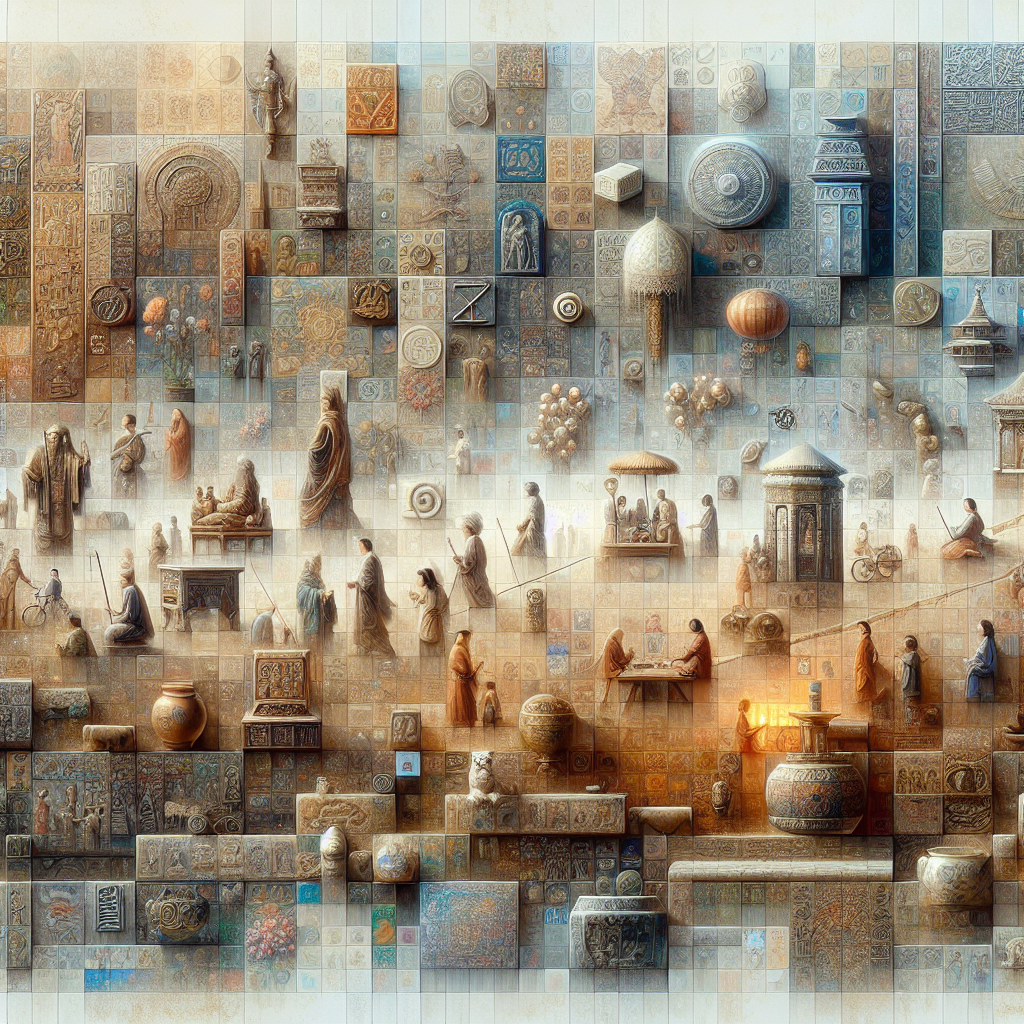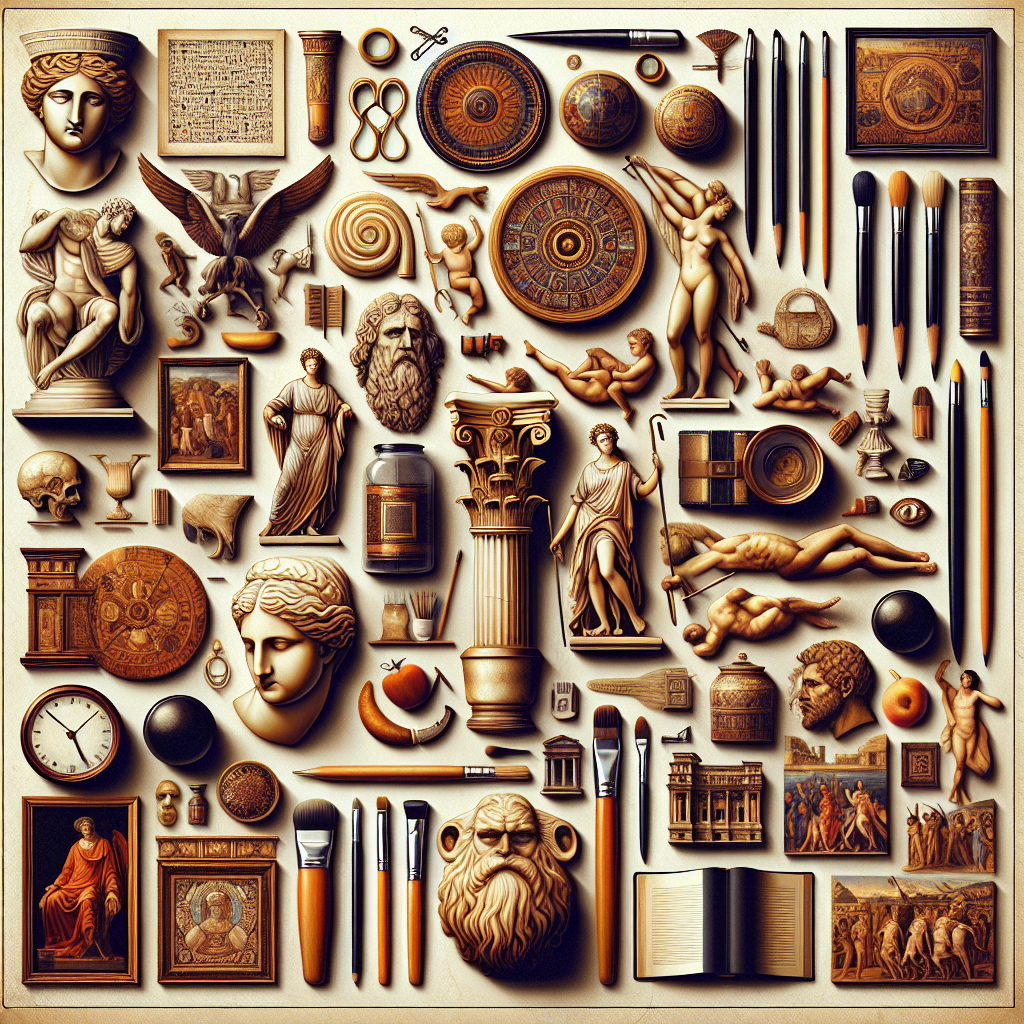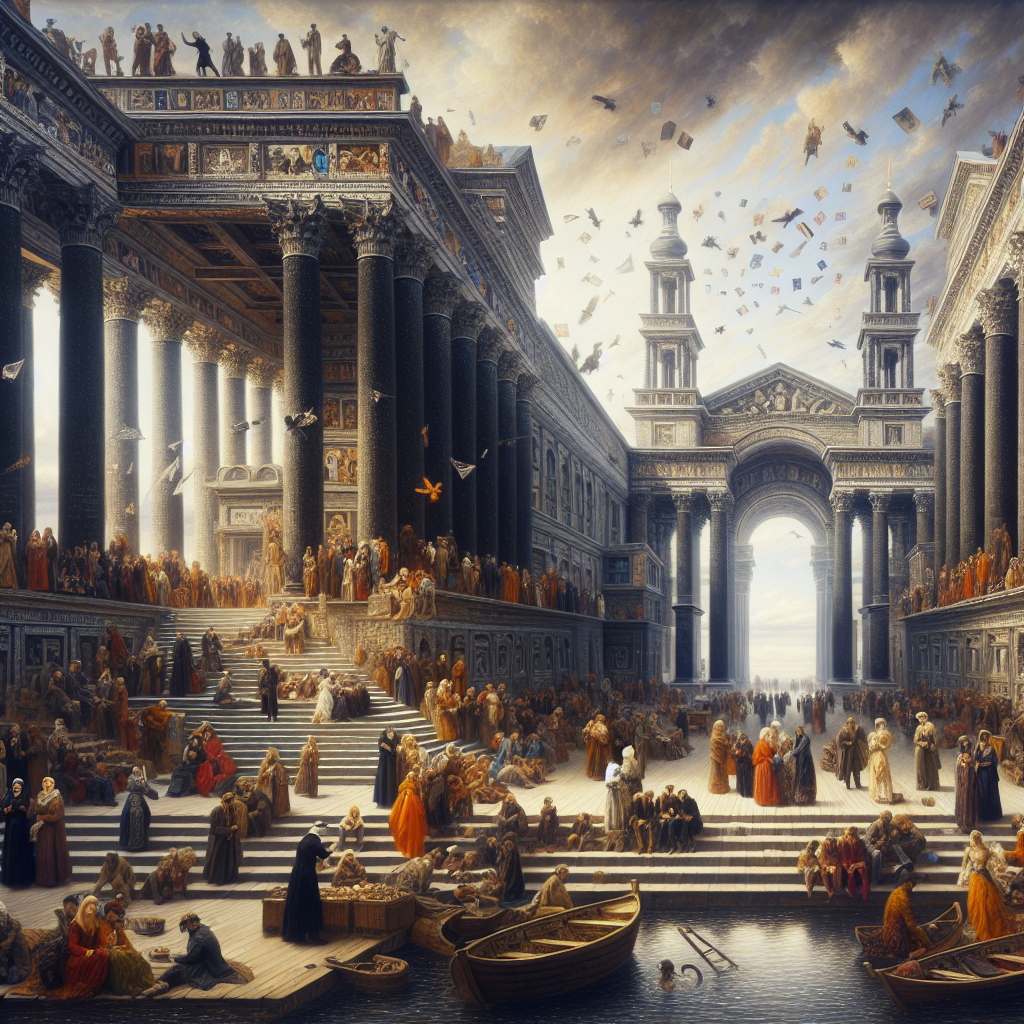Art and culture are not merely superficial elements of society; they are profound reflections of the human experience. Throughout history, art has served as a medium through which individuals and communities express their thoughts, emotions, and aspirations. From the prehistoric cave paintings to the Renaissance masterpieces and contemporary installations, art has evolved in form and function, mirroring the changing landscapes of society.

Culture, on the other hand, encompasses a broader spectrum of human activities, including language, customs, traditions, and social norms. It provides the framework within which art flourishes, influencing its creation, interpretation, and reception. Cultural practices and beliefs shape the artistic output of a society, giving it a unique identity and voice.
By delving into the history of art and culture, we gain insights into the values and ideologies that have guided civilizations through the ages. Artifacts, monuments, literature, music, and rituals offer glimpses into the past, allowing us to connect with the experiences of our ancestors and understand the roots of our contemporary world.
Moreover, the transformative power of art and culture lies in their ability to provoke thought, evoke emotions, and inspire change. Art has the capacity to challenge norms, provoke dialogue, and foster empathy, while culture serves as a bridge that connects diverse communities and fosters mutual understanding.
As we navigate the intricate tapestry of art and culture, we discover the richness and diversity of human expression, transcending boundaries of time and space. Through exploration and appreciation of art and culture, we not only enrich our own lives but also contribute to the collective tapestry of human experience.
The Dawn of Creativity

Human creativity is a fundamental aspect of our existence that can be traced back to the very beginnings of civilization. From the earliest societies, individuals have expressed themselves through various forms of art, using it as a powerful tool for communication and storytelling. One of the most striking examples of this can be found in the ancient cave paintings that have survived to this day. These primitive artworks, such as the renowned paintings in Lascaux, France, provide us with a window into the artistic capabilities of our ancestors.
The cave paintings in Lascaux, dating back thousands of years, reveal a sophisticated understanding of visual expression. Through intricate depictions of hunting scenes, mystical symbols, and everyday life, our predecessors were able to convey their experiences, beliefs, and cultural practices in a way that transcended the limitations of spoken language. These artworks not only serve as a testament to the creativity and ingenuity of early humans but also offer valuable insights into the social, spiritual, and environmental contexts in which they lived.
The Renaissance: A Rebirth of Innovation
Fast forward to the Renaissance period, a time of immense cultural revival in Europe. Visionaries like Leonardo da Vinci and Michelangelo ushered in an era of artistic enlightenment, challenging traditional norms and pushing the boundaries of creativity. The era birthed iconic masterpieces that continue to astound and inspire generations.
Cultural Renaissance

Throughout history, the flourishing of art has been intricately intertwined with the evolution of culture. This symbiotic relationship has given rise to a rich tapestry of human expression that transcends boundaries and time. In the realm of literature, the works of Shakespeare stand as timeless masterpieces, delving deep into the human experience and emotions. His poetic verses continue to resonate with audiences around the world, capturing the essence of love, tragedy, and ambition.
Similarly, in the world of music, the symphonies of Beethoven represent a pinnacle of artistic achievement. His compositions not only showcase technical brilliance but also convey a range of emotions, from the jubilant to the melancholic. Through his music, Beethoven touched the hearts of listeners and inspired generations of musicians to come.
Philosophy, too, flourished during this period of artistic renaissance. Intellectual giants like Descartes, Kant, and Hegel grappled with profound questions about existence, morality, and the nature of reality. Their ideas shaped the intellectual landscape of their time and continue to influence philosophical discourse today.
Art Movements: A Tapestry of Diversity
The 19th and 20th centuries witnessed a kaleidoscope of art movements that revolutionized the creative landscape. From Impressionism's ethereal brushstrokes to Surrealism's dreamlike imagery, each movement reflected the zeitgeist of its time, encapsulating societal shifts and individual perspectives.
Cultural Fusion in the Modern Era

In today's interconnected world, art and culture play a pivotal role in shaping our understanding of the diverse societies and traditions that exist around the globe. The evolution of technology has not only facilitated the creation and dissemination of art but has also enabled artists to experiment with new mediums and techniques. Digital art, for example, has revolutionized the way we perceive and interact with artistic expressions, blurring the lines between the physical and virtual realms.
Furthermore, the exchange of ideas and cultural practices across borders has led to a rich tapestry of artistic influences that transcend geographical boundaries. Artists are no longer confined by traditional norms and styles but are encouraged to explore innovative ways of storytelling and self-expression. Avant-garde installations, for instance, challenge viewers to question their preconceived notions of art and engage with unconventional forms of creativity.
As contemporary artists continue to push the envelope and break free from conventional artistic conventions, they not only inspire dialogue and reflection but also pave the way for a more inclusive and diverse artistic landscape. Through their work, artists bridge the gap between different cultures, fostering a sense of unity and mutual understanding in an increasingly interconnected world.
A Legacy of Inspiration
The history of art and culture is a testament to the enduring legacy of human creativity. It reflects our triumphs, struggles, and aspirations, serving as a mirror to our collective consciousness. As we gaze upon the masterpieces of the past and the innovations of the present, we are reminded of the universal language that unites us all - the language of art and culture.
In conclusion, the evolution of art and culture is a rich tapestry woven with threads of innovation, emotion, and beauty. From ancient cave paintings to contemporary installations, each artistic endeavor adds a layer to this intricate narrative, shaping our identities and forging connections across time and space. Let us continue to celebrate the diversity and richness of our artistic heritage, for it is through art and culture that we truly understand what it means to be human.
Comments